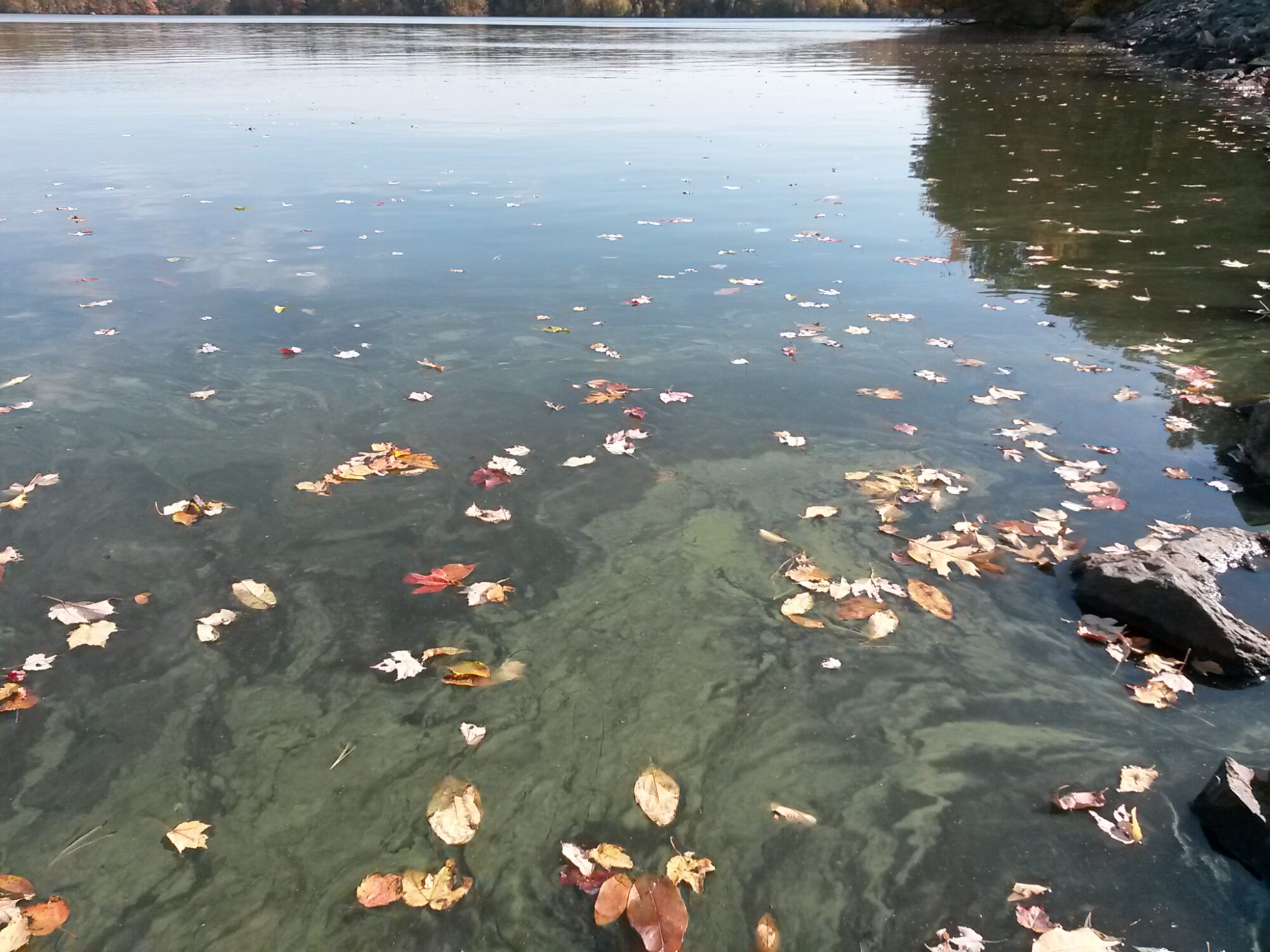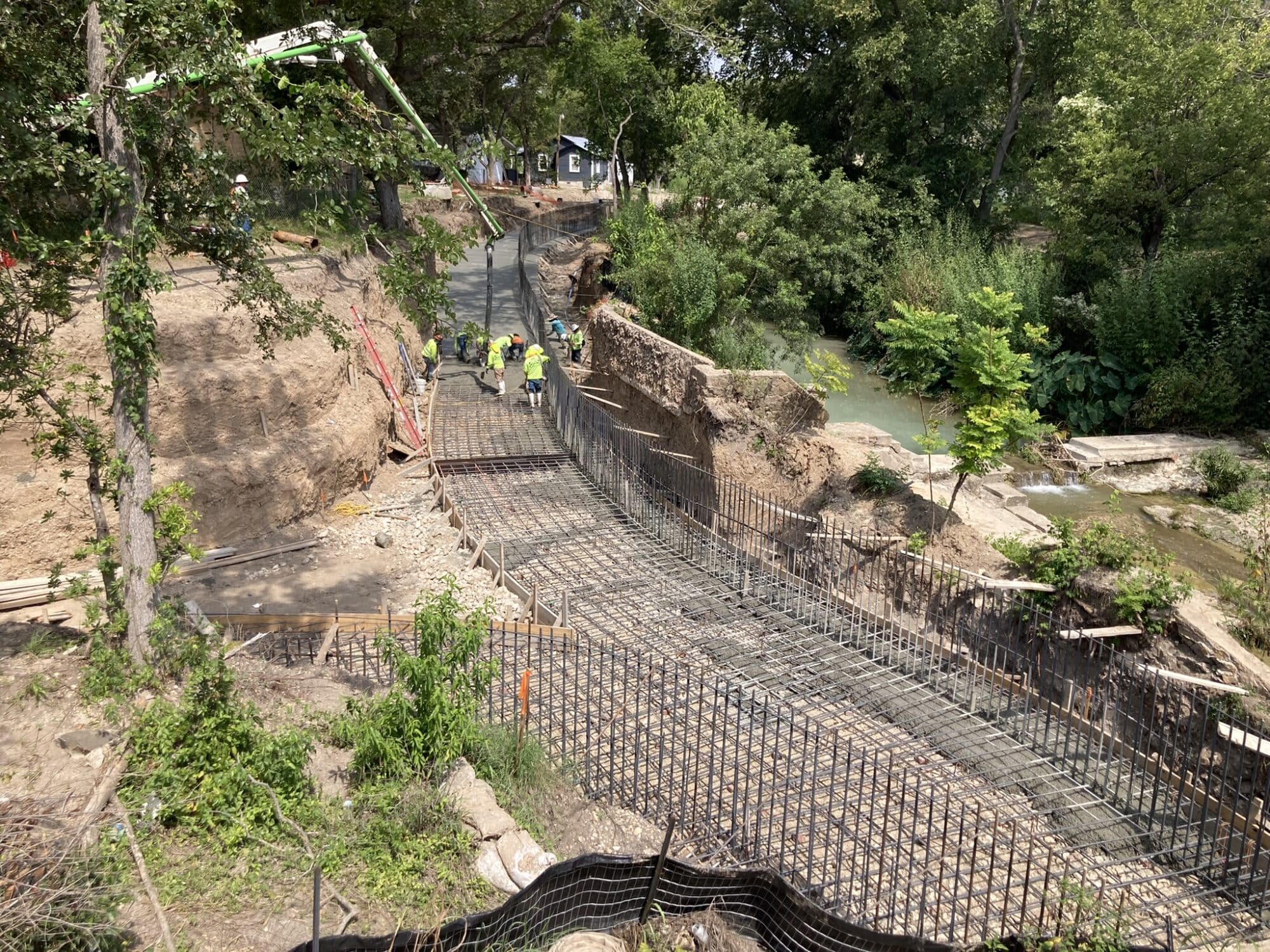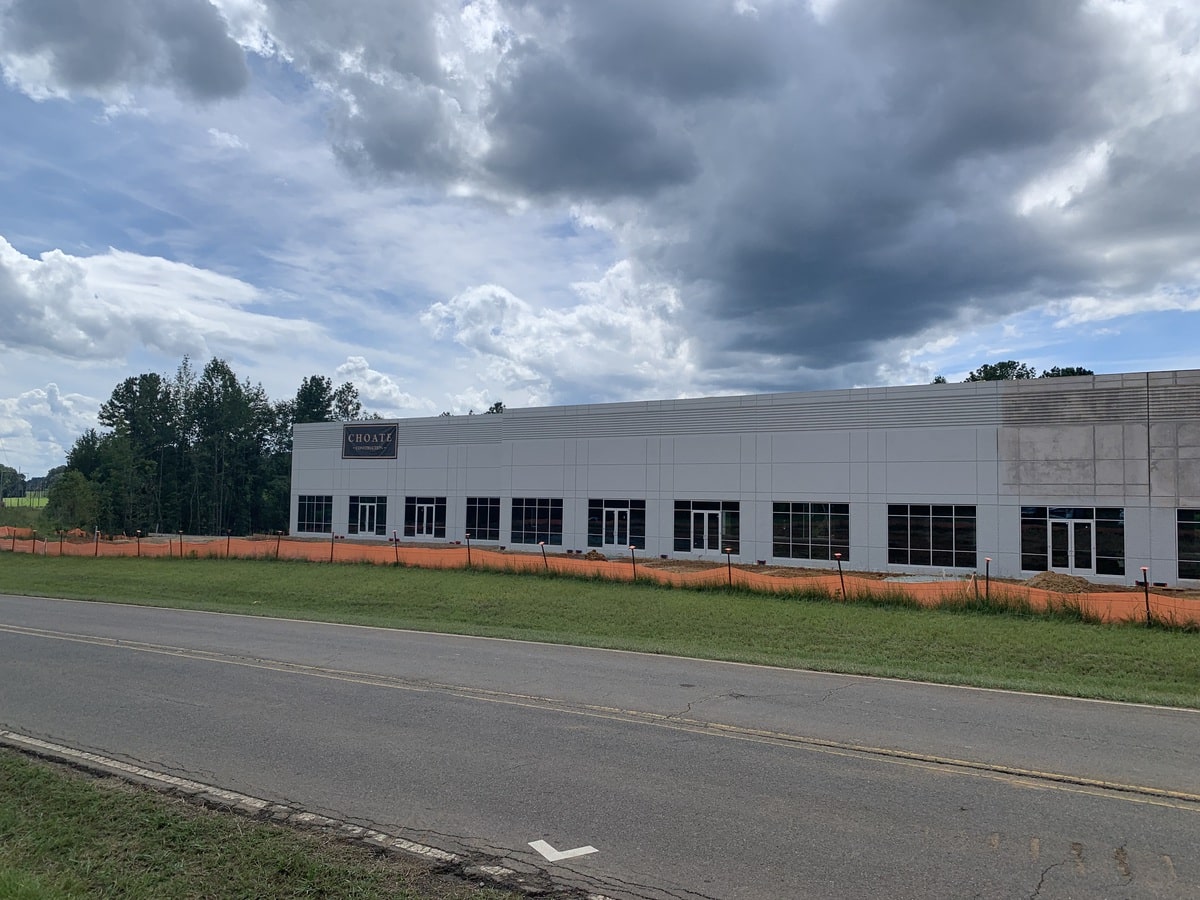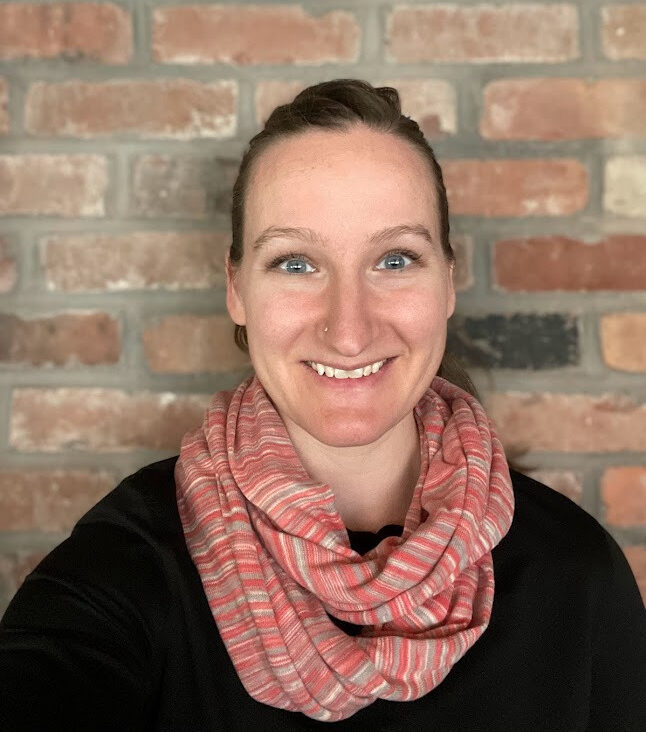- The suitability and feasibility of alum treatment as a HAB management measure is something that should first be evaluated as part of a comprehensive lake management plan.
- Once selected as a preferred course of management, the dose of alum will need to be determined using sediment and water quality, hydrology, bathymetry and other supporting data.
- In waterbodies with low alkalinity, sodium aluminate may be applied concurrently with alum to balance the water pH during treatment.
Harmful algal blooms (HABs), which typically consist of cyanobacteria, have become an increasingly widespread issue in water sources across the United States.
HABs can release bio-toxins, which negatively impact aquatic life and threaten the health of animals and people who live near or use the water. Due to these impacts, HABs can adversely affect various water uses, including drinking water, animal watering and recreational use. These blooms can also cause or contribute to numerous other water quality issues, including:
- Deoxygenation of water
- Accelerated eutrophication
- Emission of compounds that cause taste and odor
- Increased turbidity
- Discoloration
- Increased volatility in pH
- Mobilization of toxic metals from the sediment
Data indicate that HABs are increasing in frequency and intensity around much of the world and there is a growing need to address these blooms in a proactive manner, particularly in areas where HABs are coupled with water scarcity or contamination challenges.
Nutrient inactivation treatment has proved to be a successful mitigation approach . Following best practices in planning, implementing and monitoring can minimize or prevent HABs both now and for the future.
Cause of HABs – The Role of Internal Loading of Phosphorus from Sediments
- HABs occur in waterbodies with high levels of phosphorus, which allows for rapid growth of algae and cyanobacteria.
- In many cases, bottom sediments contain high levels of phosphorus due to long-term accumulation from watershed sources. Under certain environmental conditions, phosphorus may be released from the sediments into the water column. This is known as internal loading.
- In these situations, reducing external inputs of phosphorus (by implementing stormwater improvements, reducing fertilizer use in the watershed, etc.) may not sufficiently decrease phosphorus levels to prevent HABs from developing.
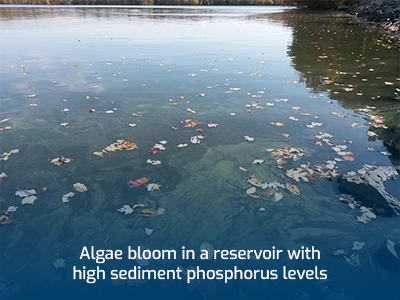

Nutrient Inactivation is a Proven Solution
Although there are a variety of established and emerging lake management approaches to address internal loading, sediment phosphorus inactivation, also known as nutrient inactivation, is one of the most widely used.
This approach involves the use of flocculants or precipitants to capture and bind reactive phosphorus in lake bottom sediments, rendering it unavailable for use by algae and cyanobacteria. A variety of materials have been used for nutrient inactivation, including:
- Alum (aluminum sulfate)
- Aluminum chlorohydrate (ACH)
- Ferric chloride
- Ground limestone (GCC)
- Polyaluminum chloride (PAC)
- Precipitated calcium carbonate (PCC)
- Proprietary technology (e.g., Phoslock®, EutroSORB® G)
- Sodium aluminate
- Zeolite
The most appropriate nutrient inactivation option depends on several factors and should be selected in consultation with a qualified lake management professional. However, the option with the most extensive track record in North American lakes, ponds and reservoirs is alum.
Alum Treatment Key Considerations
- Alum treatment is a precision process that requires specialized equipment and professional training.
- When alum is injected into a waterbody it quickly forms a whitish flocculent solid (aluminum hydroxide) which is very effective at attracting and binding phosphorus.
- This flocculant settles, initially forming a thin blanket over the bottom and becoming incorporated into sediments over a few weeks to months.
- The aluminum hydroxide flocculant intercepts and binds with phosphorus released from the sediment, forming aluminum phosphate, a stable compound that will persist indefinitely under most in-lake environmental conditions. Phosphorus bound in this way is kept out of the water column and is inaccessible to algae and cyanobacteria.
- The effective duration provided by an alum treatment depends on several factors. However, a properly dosed and applied alum treatment can be expected to reduce internal loading of phosphorus and therefore decrease the likelihood of HABs, for multiple years to decades.
- Improper application of alum can result in pH fluctuations that could impact aquatic life or their habitats. Therefore, a thorough understanding of baseline conditions, informed treatment design and implementation of a monitoring program are recommended as a part of any alum treatment program. These elements are often also required as part of the permitting process.
- Post-treatment monitoring is also recommended to both document the initial effectiveness of the treatment and measure trends in water quality over time.
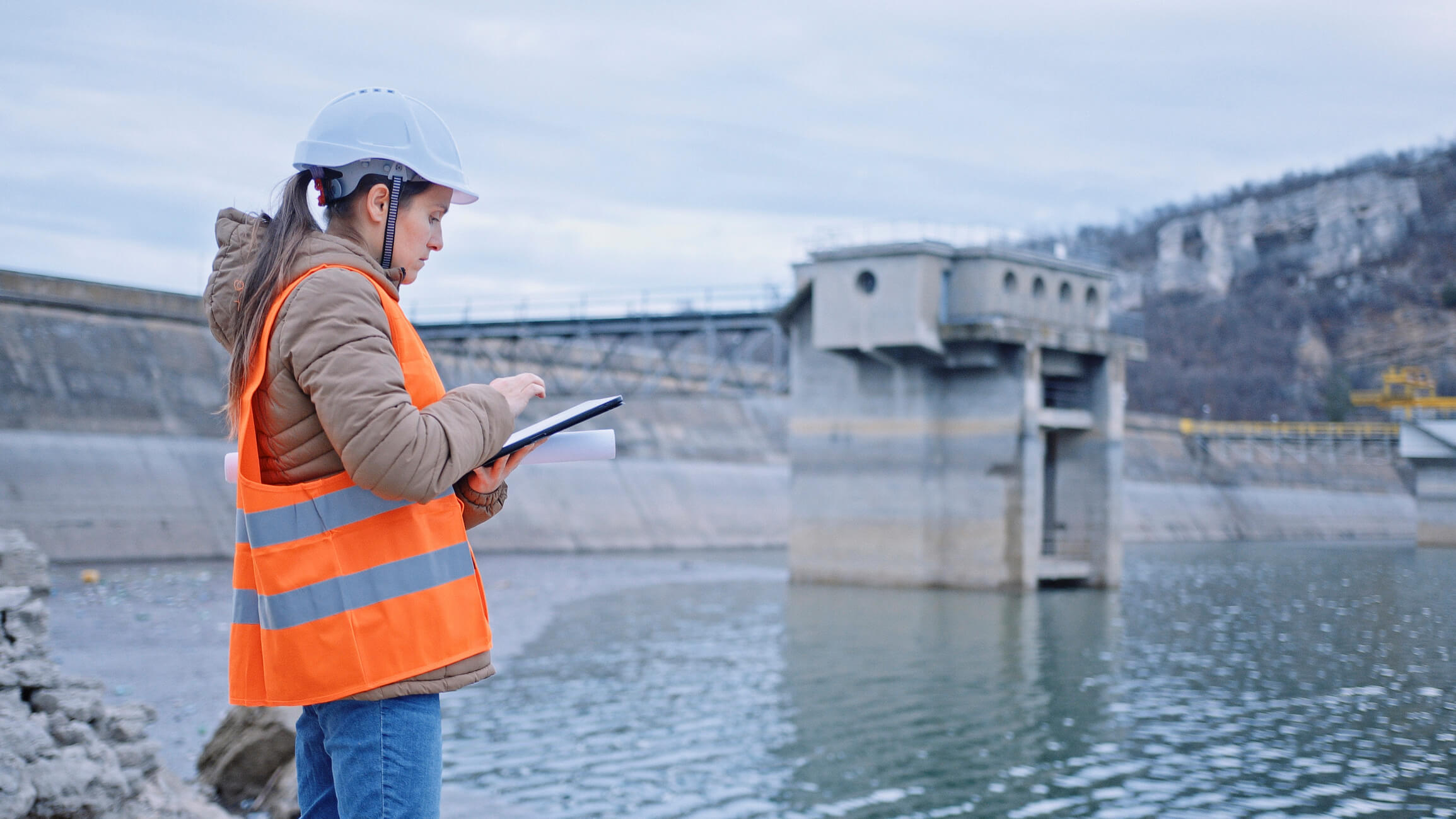
Adapt to
Change
Partner With TRC’s Tested Practitioners

